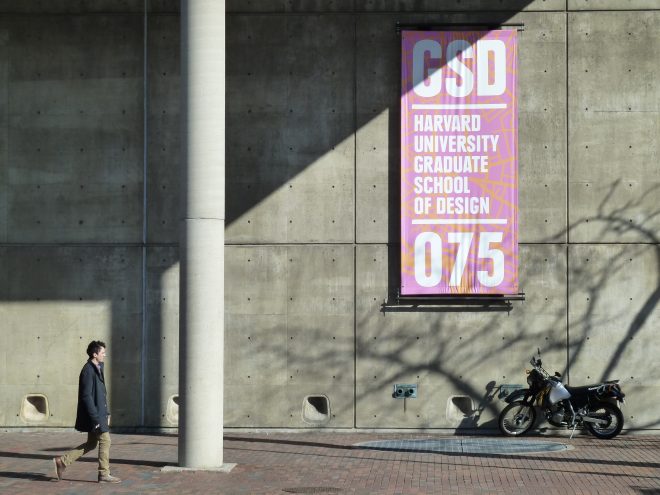Brands strive worldwide for distinctive visual identities in the urban landscape. At night they rely on luminous messages ranging from conventionally illuminated signs and billboards up to dynamic luminous architecture for story telling. Therefore, media facades have turned into a fascinating medium to create an architectural image in the nocturnal city. Some brands use guerrilla lighting projections for temporary installations to subversively transform urban spaces. Other companies equip their flagship stores with large LED pixel screens for high-resolution images or they consider the building façade as an interface for more artistic solutions. Often video screens appear as decorated elements competing for attention with traditional commercial billboards. Here media facades have become an interesting alternative to establish a more sophisticated design language for merging the dynamic content with the building. Whereas some luminous facades appear as monumental monologues repeating a fixed animation daily, some installations even allow people to interact with the building to receive enlightening responses. Thereby, the consumer becomes part of the urban marketing strategy to shape a vivid and progressive brand identity. The lecture gave an overview about media facades for urban brand communication and addressed questions like: Will the energy consumption of luminous facades go along with the desire to introduce sustainability? To which extent do neighbors accept obtrusive luminous content? Further, what kind of media facades will shape the future of urban branding with luminous tweets?
Harvard GSD: Media facades and their luminous tweets

